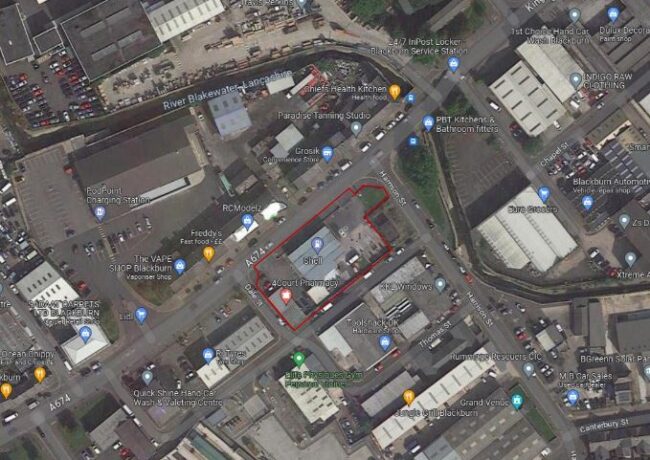RESOURCES | Tried and tested approaches to create a really great CV
Andrew Kingsley of Kingsley Recruitment discusses CV fundamentals.
In my last post, I gave you Kingsley Associate’s top ten tips for writing the perfect CV. In this piece, I provide some more detail and describe the tried and tested best practice approaches we recommend to our candidates to help them create a really great CV and make them stand out from the crowd.
Most CVs only receive between 20 and 90 seconds of initial reading time from recruiters. It’s essential to edit information and provide only the details the recruiter wants to learn. This is the time to reflect on your experience, then rationalise and refine it.
Getting your CV content right
Create a SMART objective
- Create a SMART objective that captures the goals of your job search – what do you want to achieve and what do you have to offer?
How will you meet the needs of the role?
- Identify the needs of the role and consider how you will meet these. This requires research into individual companies and roles to understand what they value. Be prepared to tailor your basic CV to the specific needs of each application. Remember to capitalise on the language of the job advert and what it tells you about your recruiters’ priorities. Make sure you speak their language.
Develop a CV style with impact
- Select an appropriate style of CV that will maximise your chances of meeting the recruiters’ objectives and present your experience in the best possible way for the particular job e.g. reverse chronological or functional/competence. As a minimum your CV should contain work history, achievements, accountabilities and qualifications.
Consider how your CV will meet the requirements of the role
- Brainstorm the content against your objectives and the recruiter’s requirements. Start with everything that could be relevant from your background. Focus on the last 10-15 years or the most relevant period of your career. Tools you may consider using to help with this include mind maps, lists, and visual representations – whatever works for you.
Refine the content and create a great sales document:
- Be specific about your experience and areas of expertise.
- It may be of value to include a very brief summary of the nature and size of the companies you have worked for.
- Quantify and qualify your achievements – be clear about the ‘added value’ that they highlight – why should the recruiter hire you?
- Don’t write a job description, so avoid using ‘responsible for…’ inappropriately.
Give figures, names of other companies and customers to indicate your calibre and field of operation. - Demonstrate your impact – write to influence. Less is more – use action words, such as managed, created, led, initiated, inspired, championed, delivered, and avoid using I on a CV. Conversely I rather than we is the way to win at competency interview. Always write in the third person and use the past tense.
- Avoid jargon and use job titles and terminology which will make sense to the reader.
- Keep the technical detail to an appropriate level – use a technical appendix if necessary.
- Map the information into your chosen CV structure. Don’t worry too much about the ‘wordsmithing’ at this stage, just try and avoid duplication of information.
- Check again that your rough CV reflects your objectives and the needs of your potential recruiter e.g. key words, concepts, achievements etc and uses unambiguous words, phrases and layout.
Covering letter
- Use a high quality covering letter or email to accompany your CV.
This article was originally published on Place Resources.



